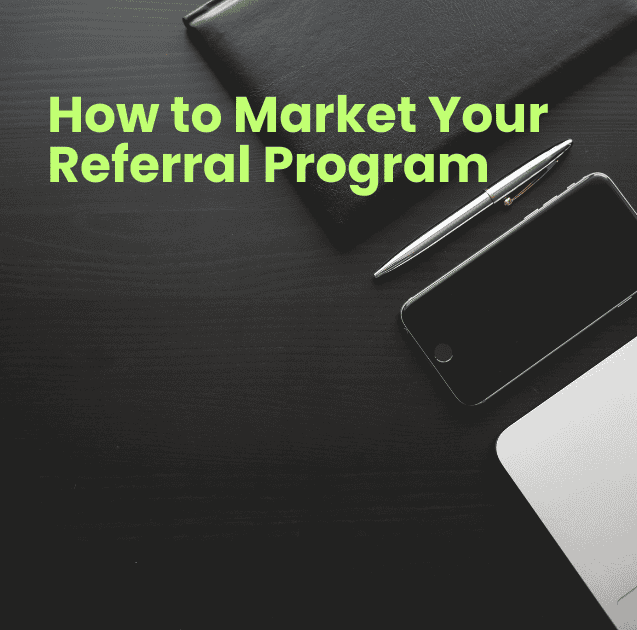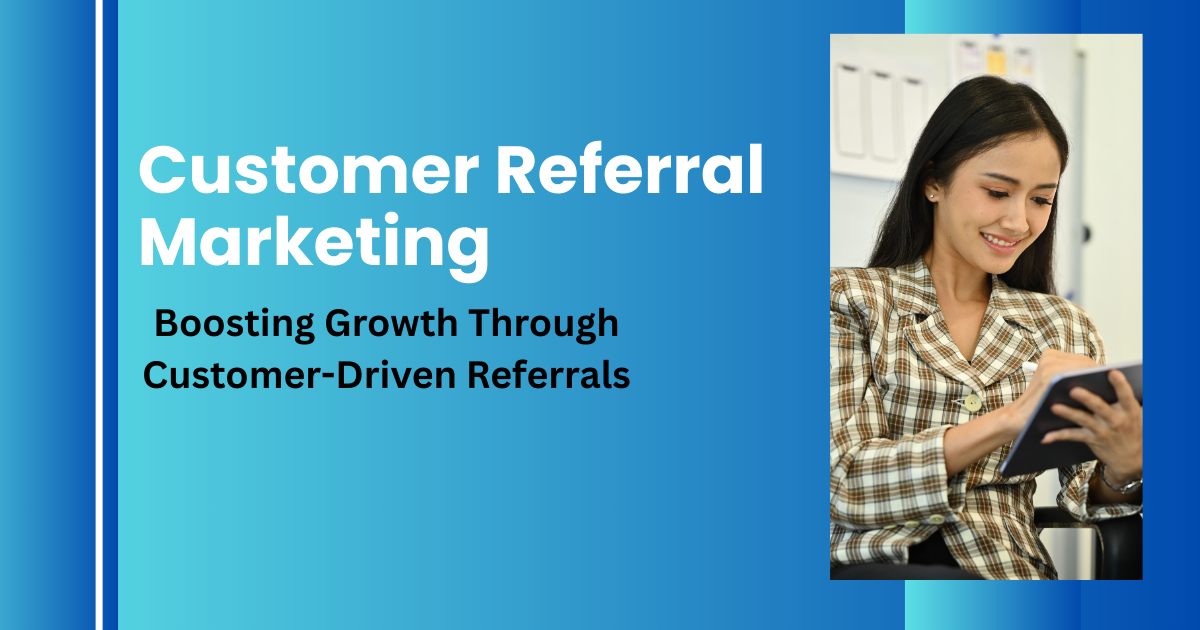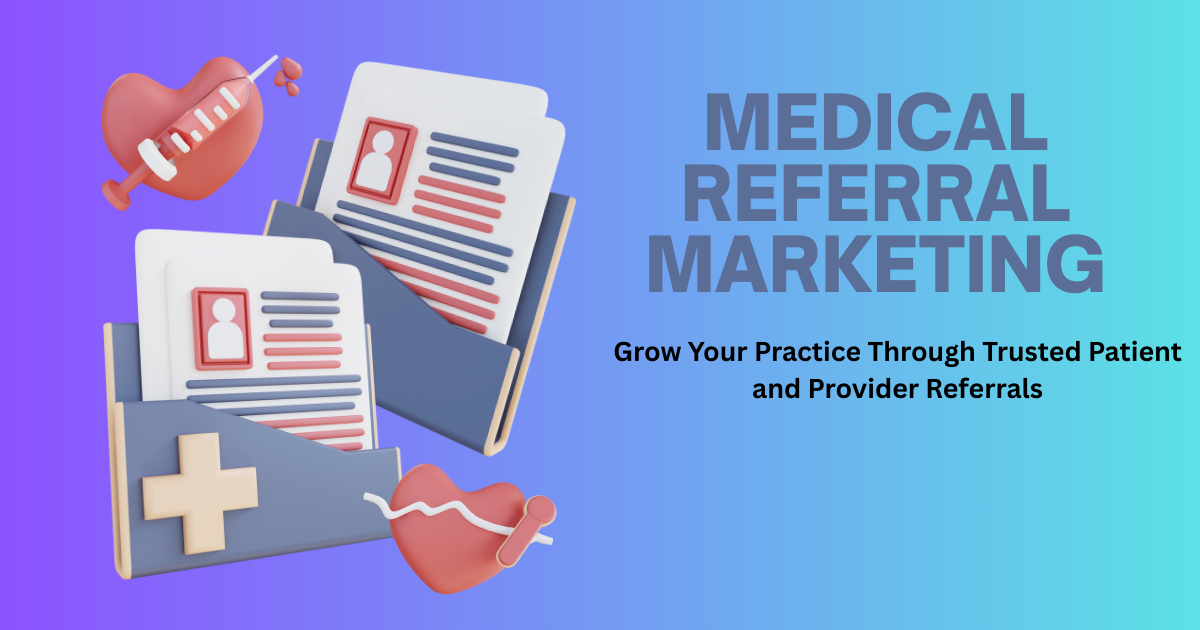There is no more powerful marketing than word of mouth. But did you also know you can strategically tap into it? Welcome to customer referral marketing, a new world where delighted customers refer their new customers. If you want a low-cost, reliable way to grow your business, look no further because this post has everything to get you started with an effective referral program.
What is Customer Referral Marketing?
Definition of Customer Referral Marketing
Customer referral marketing – Customers refer their friends, family, or colleagues to you in return for hefty rewards. These referrals are rewarded by discounts, freebies, or anything of value. Unlike old-school advertising that talks “at” your prospects, referral marketing taps into the relationship people already have with their network to foster meaningful connections.
Why is it Important?
Referrals are also effective because people trust advice from people they know. Nielsen reports that 92% of people trust recommendations from friends and family over any other type of advertising. The result? More exposure and more trust, more probability to convert leads into clients.
How It Compares to Other Marketing Methods
Where other marketing tactics limit our opportunities to engage with leads, whether it’s from advertisements or content, referral marketing establishes a marketplace of itself! Happy customers serve as ambassadors, attracting other, similar prospects who are in line with your brand’s ideal customer profile.
Advantages of Customer Referral Marketing – Kickbacks and Benefits
Cost-Effectiveness
Customer acquisition tends to be expensive, but referrals often cost much less than paid advertisements or elaborate campaigns. With referral marketing, you have a captive audience, and the cost to acquire a customer (CAC) is much lower.
Trustworthy and Credible
Referred customers are already pre-loaded with a level of trust. That’s because it’s not just an ad for your brand they’re skipping, it’s a friend or someone they admire giving them that message.
Higher Conversion Rates
Referral customers convert faster and are frequently more loyal to your brand. Referral programs drive 30% higher conversion rates than any other acquisition channel and 16% higher lifetime value than non-referrals, research indicates.
Building a Successful Referral Program
To launch a successful referral program, you need to “plan, plan, plan, then execute, execute, execute.”
Define Your Goals
What do you want to achieve? More subscribers, higher sales, or greater brand recognition? Be clear, as it will influence the organization of your program.
Identify Your Target Audience
Not all customers won’t be willing/able to refer others. Concentrate on customers who are loyal and already satisfied with your brand or consistently use your products.
Choose the Right Incentives
What would your customers rather have – a discount, a gift voucher, or a free product? The reward you provide needs to match the tastes and values of your audience.
Pro Tip: Tiered incentive plans, in which greater rewards are offered in exchange for higher-impact referrals, can prompt customers to make multiple referrals.
How to Market Your Referral Program

Great ones need to be seen to be successful. Here’s how to spread the word more effectively.
Utilize Social Media
What better place to amplify your referral program than on social platforms? Write interesting posts and motivate your followers to send your referral links with only one click. Bonus if you incorporate brought-in content or testimonials that demonstrate how customers benefit from participating.
Email Marketing Strategies
Leverage your email campaigns to tap into your biggest fans and create their very own referral links. Customize the language to emphasize how easy it is to refer and the benefits they will receive.
On-Site Promotion
Make good use of your website with banners, pop-ups, or dedicated landing pages for your referral program. Allow everyone to easily find and learn about the program and to start participating.
Quantify and Optimize Your Program
You can’t improve what you don’t measure, so tracking your referral program’s effectiveness is essential.
Key Metrics to Track
- Rate of Referral: How many of your current customers are referring their friends or colleagues?
- CAC: Cost to acquire a customer referred vs Traditional funnel.
- Conversion Rate: What percent of leads who are referred become customers of the organization?
A/B Testing Incentives
Try various rewards to find the one that appeals most to your audience. For instance, see whether customers prefer to receive $10 off their next purchase or a $10 gift card.
Gather Customer Feedback
Inquire of your participants what they like (or do not like) about the program. Their feedback can be used to tweak your strategy to make it more user-friendly and attractive.
Referral Programs Done Right
Dropbox
Dropbox is well known for growing from 100,000 users to 4 million in 15 months, thanks in part to its referral program. And they gave additional storage for both the referrer and the referred, a win-win proposition.
Airbnb
Airbnb users can refer friends to book stays or list their own properties, and in return, receive travel credits. This strategy grows not only its bookings but also its set of hosts.
Lessons Learned
- Let rewards be inspiring and beneficial for both.
- Make referring easy.
- Make the program benefits easy to understand from the get-go.
- Let asking for referrals be your central focus.
Conclusion
Customer Referral Marketing isn’t just a strategy but the way to cultivate trust, loyalty, and expansion. Using your happiest customers, you can tap into their networks like no ad campaign can mimic.
If you’re ready to develop a referral program that yields significant returns, work through the steps above. And remember that the power is in a simple, easy-to-share, tempting offer.
learn about: How Storytelling Powers Great Product Marketing







